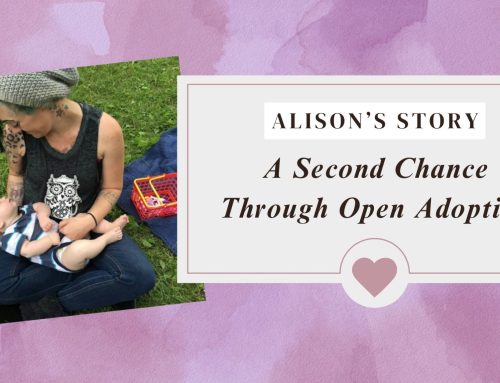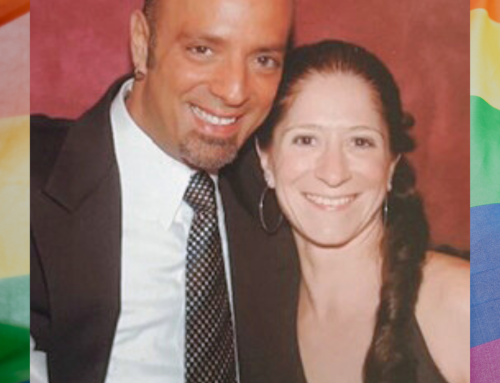Fostering and adopting a child are both options that can offer children loving homes.
Foster Care & Adoption: 2 Differences & 2 Similarities
There are significant differences between these two situations, both legal and practical. We’ll cover 2 of the biggest differences and similarities here.
1. Adoption Is Forever, Foster Children Often Reunite With Their Birth Parents
Children go into foster care, and are then placed under the care of foster parents, when their birth parents can’t care for them. Legally, children in foster care have been placed under the custody of a state agency.
Foster care placements are usually mediated by the court system or a social services agency. The foster care system also places children in group homes. Foster parents are certified by the state in which they live.
Foster care is almost always assumed to be temporary, with the goal of reuniting a child with his or her birth parents after it’s been determined that they can properly provide for their child financially, emotionally and socially.
For adoption, on the other hand, birth parents voluntarily relinquish their parental rights because they have decided it’s in the best interest of their child. Adoption also offers legal security to adoptive parents and children in a way that foster care doesn’t. In most states, children who remain in foster care only do so until they reach the age of 18.
 2. But Both Seek To Create Permanent Loving Families
2. But Both Seek To Create Permanent Loving Families
But just like adoption, the goal of foster care is to find permanent loving homes for children.
Sometimes, it’s just not possible for a foster child to be reunited with their birth parents. If adoption is in the child’s best interests, it’s handled in one of two ways:
- “Fost-adopt,” when a child is placed in a foster home with the expectation that their birth parents’ parental rights will be terminated and they’ll be legally adopted by their foster parents
- When the birth parents’ legal rights are terminated, but a child isn’t adopted by foster parents, they become “legally free for adoption” according to Philadelphia’s National Adoption Center, an organization that helps children in this situation connect with adoption agencies who can help them meet a permanent family.
In short, foster parents can ultimately become the legal parents of a child, but they’re not presumed to be the legal parents at the time of placement.
3. The Levels Of Contact Are Different, Too
The foster care system usually allows birth parents to remain in close contact with their children, and even allows them to take part in making decisions that affect their child. For the most part, birth parents are actively encouraged to remain in contact with their children in foster care. Many actually have court-ordered visitations with their children.
For adoption, the level of connection maintained between a birth parent and their biological child can vary widely. Some adoptions are open and birth parents can exchange letters, emails or even have face-to-face meetings with their children. Other adoptions are closed, and there’s no contact after a child’s placement with his or her adoptive parents.
But in every case, this decision is up to the parties involved. It’s a matter of what everyone is comfortable with, and no one’s desires are overlooked in keeping with what is in the best interest of the child.
4. Everyone Should Be Supported
Adoptive families receive long-term support themselves, in the event that they work with an approved adoption agency like Adoptions From The Heart. AFTH offers pre- and post-adoption counseling to all members of the adoption triad: children, birth parents and adoptive parents.
Foster families are also paired with social workers who can help them work through challenges. They also receive a weekly stipend to allow them to provide for a foster child.
Obviously, as in the case of adoption, foster care can’t just be reduced to a general definition. In both cases, the situation will be unique, depending on individual circumstances, beliefs and desires.
A compassionate foster care system will have the same goal as a good adoption agency: finding permanent homes filled with love and value for children.





Thanks for sharing the informative knowndege about foster care and adoption. The peoples who’re need to become a part fostering and need details before choosing between adoption or fostering should follow this content.